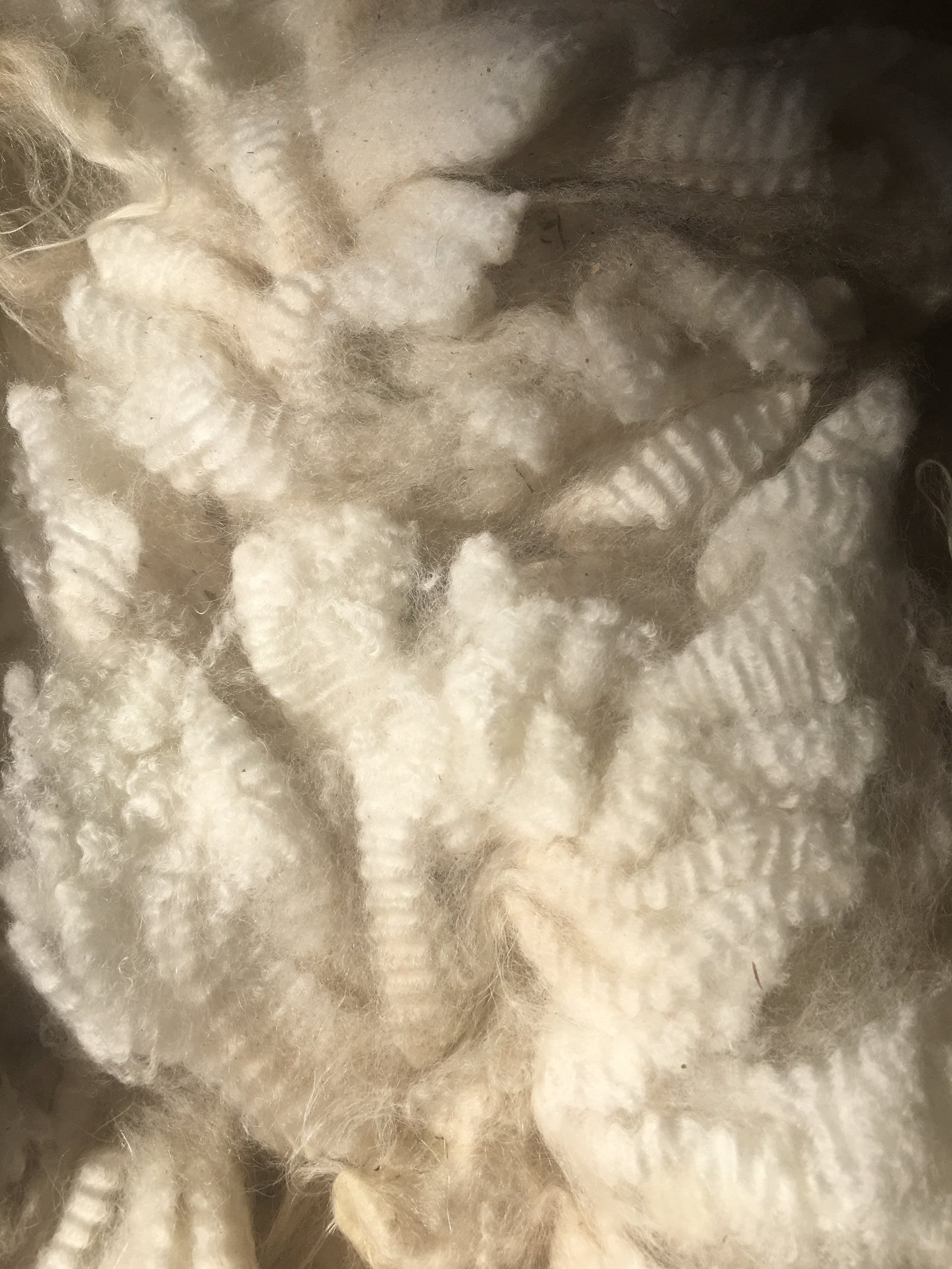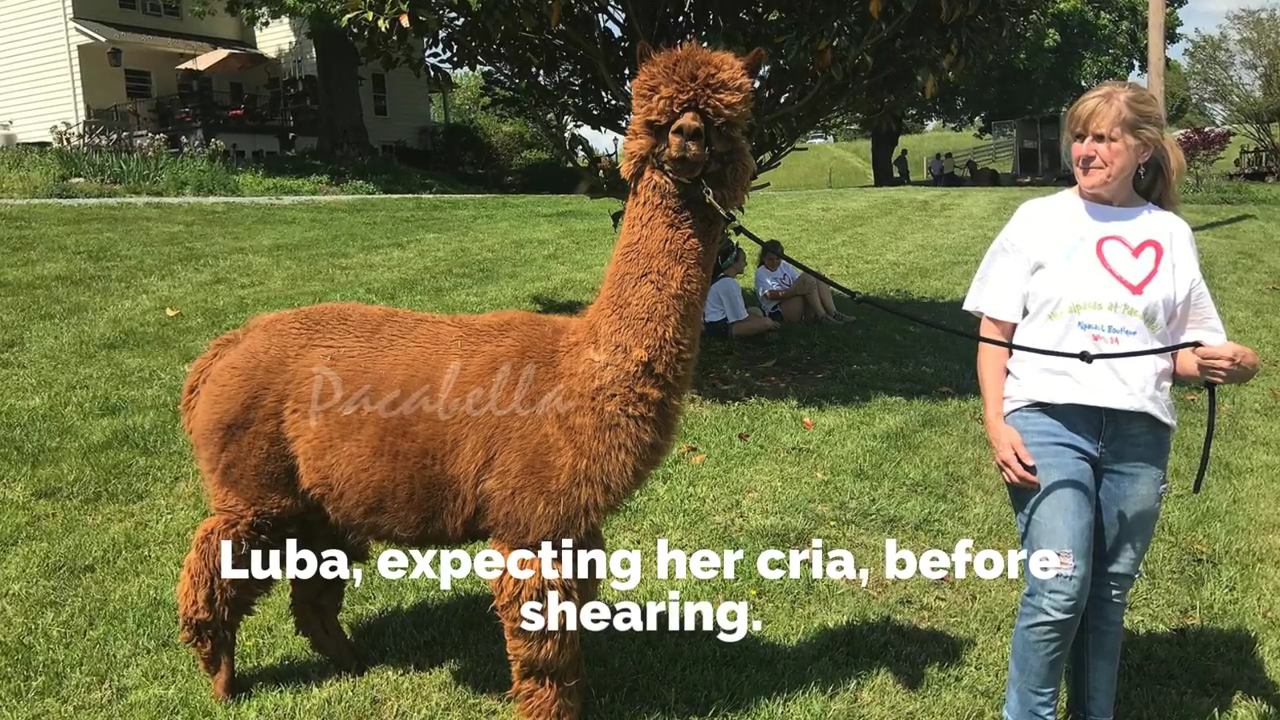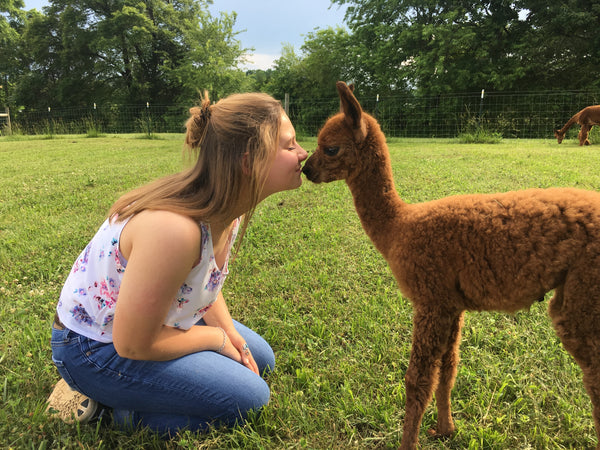Your Cart is Empty
We are a brand born of a love for the beauty of restraint in design, the inherent grace of feminine strength, and the necessity to treat our environment and each other with love and respect.
We are a brand born of a love for the beauty of restraint in design, the inherent grace of feminine strength, and the necessity to treat our environment and each other with love and respect.
Each of our carefully researched, styled, tested and distributed collections reflects a particular aesthetic and ethos. We hope some of these speak to your own style, and help you refine and redefine your own look and style philosophy in the process.
Each of our carefully researched, styled, tested and distributed collections reflects a particular aesthetic and ethos. We hope some of these speak to your own style, and help you refine and redefine your own look and style philosophy in the process.
September 25, 2018 3 min read

Frequently asked questions about alpacas
Sept. 25, 2018
What is an alpaca?
Alpacas are members of the camelid family, which includes camels, llamas, guanacos and vicuñas. Alpacas are gentle herd animals prized for their soft fleece, which is used in all kinds of ways, including felted soap, yarn and apparel.
Where do alpacas come from?
While camels are indigenous to Asia and northern Africa, the other four members of the camelid family — including alpacas — originated in South America. (Scientist trace them as far back as 6,000 years!) Alpacas come from the High Andes Mountains and are native to Peru, Bolivia and Chile.
How did alpacas get to the United States?
Alpacas were first imported into the United States in 1984, and there are currently more than 250,000 registered alpacas in the country, according to the Alpaca Owners Association. The growth has been largely because, in comparison to more common livestock varieties in the U.S., alpacas take very little space and require very little grass and hay in their diet to sustain them.
What’s so special about alpaca fiber?
Alpaca fleece, also called fiber, is superior in quality to sheep’s wool because it contains no lanolin and requires less cleaning prior to processing for textiles. The alpaca is also considered to be hypoallergenic and not irritating to human skin.
Are there different kinds of alpacas?
Yes, there are two kinds of alpacas: the huacaya and the suri. The huacaya (like the alpacas at Pacabella) is the most common of the two and has a fluffy fleece that can make them look extra cuddly before they’re sheared. The suri has fleece that grows longer and falls in silky waves or curls.
What is the difference between alpacas and llamas?
Alpacas are about half the size of llamas, but the best way to tell them apart is the ears. Alpacas have smaller, straighter and more pointed ears, while llamas have longer, curved ears which are often described as banana-shaped. Llamas have a courser outer layer of fleece, while alpacas have fine, soft fleece making their fiber superior for making textiles.
Do alpacas spit? (yuk!)
Like other camelids, alpacas do spit, but it’s very rare that they spit at humans. They do spit at each other over food or just to say, “Stop it!”
What do alpacas like to eat?
Their diet consists of grass, hay, grain pellets and water. No, they don’t like pizza!
How often do alpacas get a haircut?
We “shear” the alpacas only once a year, in the spring before it gets too hot, just like sheep. To remove the valuable fiber without damaging it requires skill and experience.
Why do their teeth look funny?
In the front, alpacas only have teeth on the bottom. On the top, they have a gum that is called a dental pad. They have molars on top and bottom to chew. Sometimes we have to trim their bottom teeth, and we do this while we’re shearing.
Their feet look even funnier!
Alpacas have two toes with toenails and soft pads on the bottoms of their feet. We trim their toenails regularly.
Do alpacas need shelter?
All animals seek shelter in adverse weather conditions, including rain, severe cold or snow and extreme heat. Alpacas seek shelter even when it’s raining. They come into the barn when it is snowing, but after the snow stops, they love to run in it! Alpacas can die of heat stress, so they need to be kept cool in the summer.
What about baby alpacas?
Female alpacas go through an 11.5-month gestation period. The babies, called “cria,” stand up within an hour of being born and are often testing out their legs soon after.
You mentioned “registered” alpacas. What does that mean?
The Alpaca Owners Association provides a registry of purebred alpacas, which requires DNA testing to prove parentage. Just like dogs and other animals, certain lines of alpacas become known for certain qualities. For example, alpacas from the Snowmass line (we have two) are known for their championship-grade fiber. When we sheared them this spring, the blanket was almost like velvet coming off.
The best way to learn about alpacas is to come visit them! Tours at Pacabella are free, and we strive to make them fun and educational. Get more information here about visiting the farm! You can also email us at info@pacabella.com or give us a call at 540-890-8364.

March 14, 2023 1 min read

April 09, 2021 1 min read
Be the first to find out about new products and get early access to promos.
Most of all we want to let you know when the baby alpacas are born Spring 2023!

Help us to let you know when we have exciting new products and early access to promos.
Most of all we want to let you know when the babies start arriving Spring 2023!